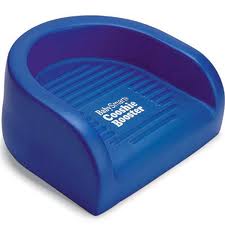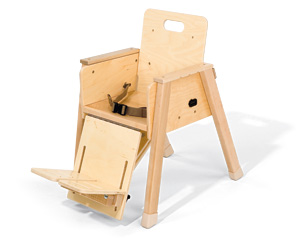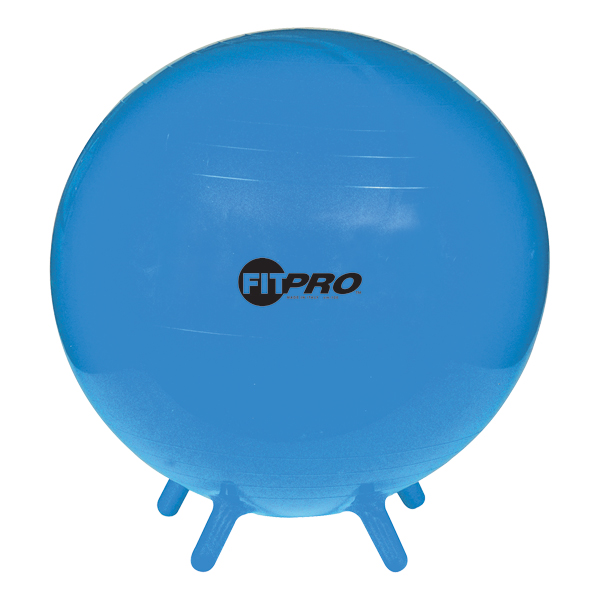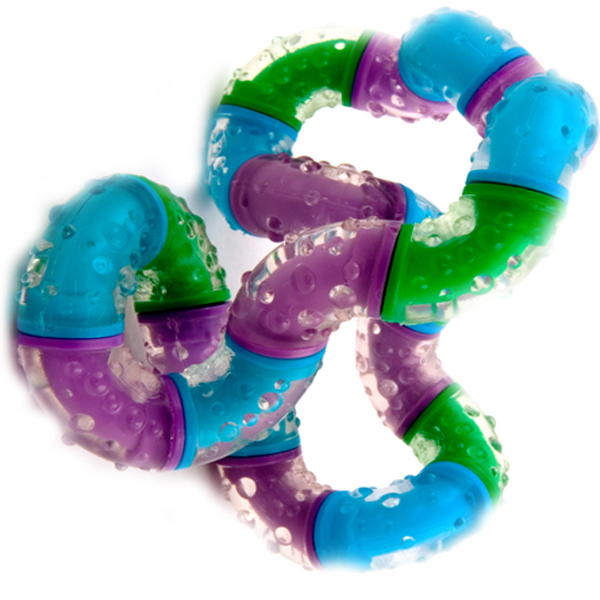
5 Reasons Why your Child with Special Needs Falls out of his Chair and How to Prevent It
“We noticed that Louie often falls out of his chair. We tried the T-stool, but…”
“The T-stool never works for him. It makes the situation more dangerous,” I interrupted.
“Then what can we do?”
I can’t even count how many times I had this conversation with my son Louie’s school team during his preschool and elementary years. In a room with an occupational therapist, speech therapist, special education teacher, social worker, psychologist and autism consultant, no one had the answer to such a simple question.
I’m convinced that the bodies of young children are not meant for chairs. Their bodies are meant for hugs, climbing and exploring in every direction. Sitting in a chair is a skill that must be learned, and it is more difficult for some than for others. Unfortunately, some children are prescribed medication for inattention or hyperactivity before the underlying causes for the inability to sit are found and addressed.
Over the years, I found 5 different reasons why my son kept falling out of his chair. One by one, I found the remedies for each problem.
1. Discomfort
When children fall out of their seats in school, teachers usually bring in a T-stool first. This stool is made of two blocks of wood in the shape of a T, with no seat back. A person must maintain an upright posture at all times to avoid falling off a T stool.
 Both T-stools and regular school chairs have hard surfaces. Children who are highly sensitive may find hard wooden chairs to be painful.
Both T-stools and regular school chairs have hard surfaces. Children who are highly sensitive may find hard wooden chairs to be painful.
We had some success at home by experimenting with cushions for the seat and back on a standard chair, as well as a soft booster called the Cooshie Booster.
At school my son used a soft, bumpy inflatable seat cushion, similar to the FitBall Wedge, that made the seat more comfortable. He liked being able to feel the cushion shift as he shifted his weight.
2. Low Muscle Tone
Many children with special needs have low muscle tone, especially in the upper body. The remedy, of course, is occupational and physical therapy plus frequent, vigorous exercise such as swimming and gymnastics. In the classroom, a specialized chair may be needed for extra support.
A therapeutic Rifton chair with straps that supports the neck, back, bottom, legs and feet, is intended for children with very low muscle tone who are learning to sit upright. It is not intended as a restraint for children with behavior issues, although some school districts still use it for that purpose.
 3. Understimulation
3. Understimulation
Highly sensitive children sometimes lose sensation in their legs or other parts of the body when they are still. The solution is to warm up the muscles with frequent stretches and “movement breaks” with exercises like the shoulder shrug or hopping 10 times on each foot. Vibrating toys or handheld massagers also “wake up” the muscles.
A ball chair with stabilizing legs requires a child to maintain an upright posture, but also allows for movement, especially bouncing. Another option is a small rocking chair or glider for the person who needs constant vestibular and proprioceptive sensory input.
4. Overstimulation
Yes, it’s possible to be understimulated at 9:00am and overstimulated by 9:30am. Some children compensate for overstimulation by creating their own sensory input that they can control, such as chair tipping, sitting backwards or squatting on the seat. A few contortionists can even manage to get their heads or limbs stuc k in the little opening in the back of a chair. I refer to these cases as “physics experiments,” but it’s always risky to test gravity.
k in the little opening in the back of a chair. I refer to these cases as “physics experiments,” but it’s always risky to test gravity.
Instead of tempting fate, offer a safer type of sensory input. For example, my son’s second grade teacher gave each student a lump of modeling clay to keep in their desks, and they were allowed to play with it whenever they felt the need, as long as they remained seated. Velcro stuck on the bottom side of the desk serves the same purpose, as do countless other quiet fidgets.
Adjusting the light, offering a pair of soundproof headphones, sending student to get a drink of water or asking a student to run an errand down the hall can also prevent overstimulation and provide an opportunity for refreshment and re-focus.
5. Symmetric Tonic Neck Reflex
A reflex is an involuntary, physical reaction to a specific stimulus. Human infants are born with numerous documented “infantile” or “primitive” reflexes, all of which are outgrown in the first year or two, unless a person has a neurological condition. People with cerebral palsy, autism, traumatic brain injury, ADHD, learning disabilities and other conditions may retain some of these reflexes into adulthood.
So what does this have to do with falling out of a chair? Retained infantile reflexes have a direct correlation with hyperactivity and inattention. In the case of the symmetric tonic neck reflex (STNR), it becomes very difficult and uncomfortable to sit with hips, legs and arms bent for tasks such as writing - the person has to fight an irresistible urge to straighten out the arms, hips or the legs, and when that internal battle is lost, the person often loses balance and falls sideways out of the chair.
The STNR occurs when the head is tilted back, and the elbows straighten while the hips and knees bend; when the head is bent forward, the elbows bend while the hips and knees straighten. In other words, the reflex optimizes the infant’s body position for crawling. According to Nancy O’Dell and Patricia Cook, authors of Stopping ADHD, “the three body units - neck, arms and legs - are ‘tied together’ by the reflex, so that movement in one area automatically produces a change in the muscular tension of the other two areas.”
Citing over 40 years of peer-reviewed studies, O’Dell and Cook recommend a program of daily exercises for eight months to overcome the STNR. Because infants typically outgrow the reflex by learning to crawl, many of the exercises also involve crawling, but some are modified yoga poses, physical therapy activities and other cross-lateral training.
In her book Reflexes, Learning and Behavior, Sally Goddard writes, “A reflex/stimulation program aims to give the brain a ‘second chance’ to experience movements that should have been made in the early months of development. It thereby creates a bridge between the gaps and facilitates more efficient transmission and execution of messages passing between the brain and the body.”
Even with more than 40 years of published research with consistent results, most pediatricians and educators have never heard of the STNR and its effect on learning and behavior. But the facts are proven, profound and treatable. There’s nothing easy about sensory integration or reflex reduction. Looking for the underlying causes of an unusual behavior can be time-consuming and confusing...but rewarding when the answers are finally revealed. My family still uses most of the methods in this article. All I can say is this: our 12 year old son doesn’t fall out of his chair anymore.


